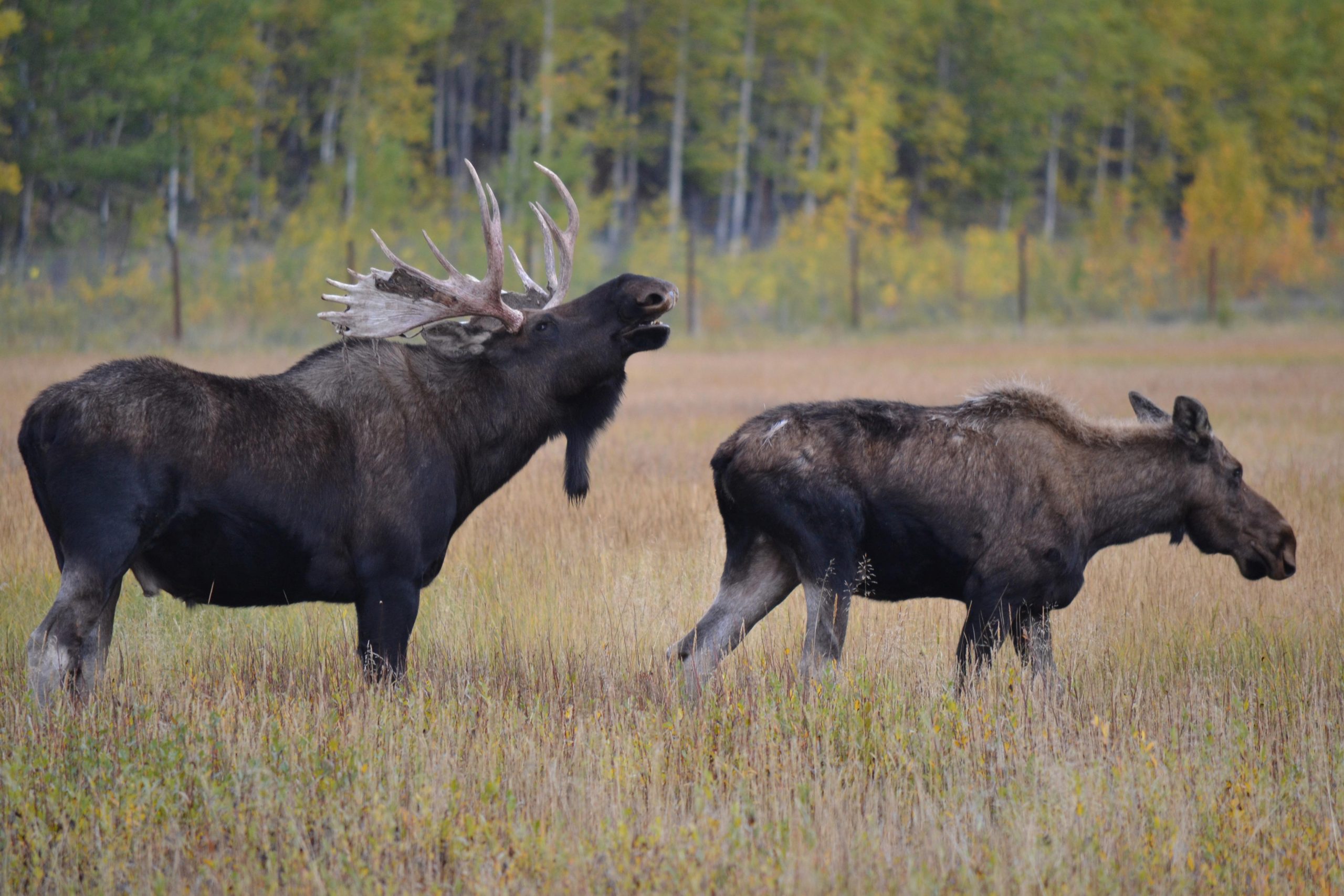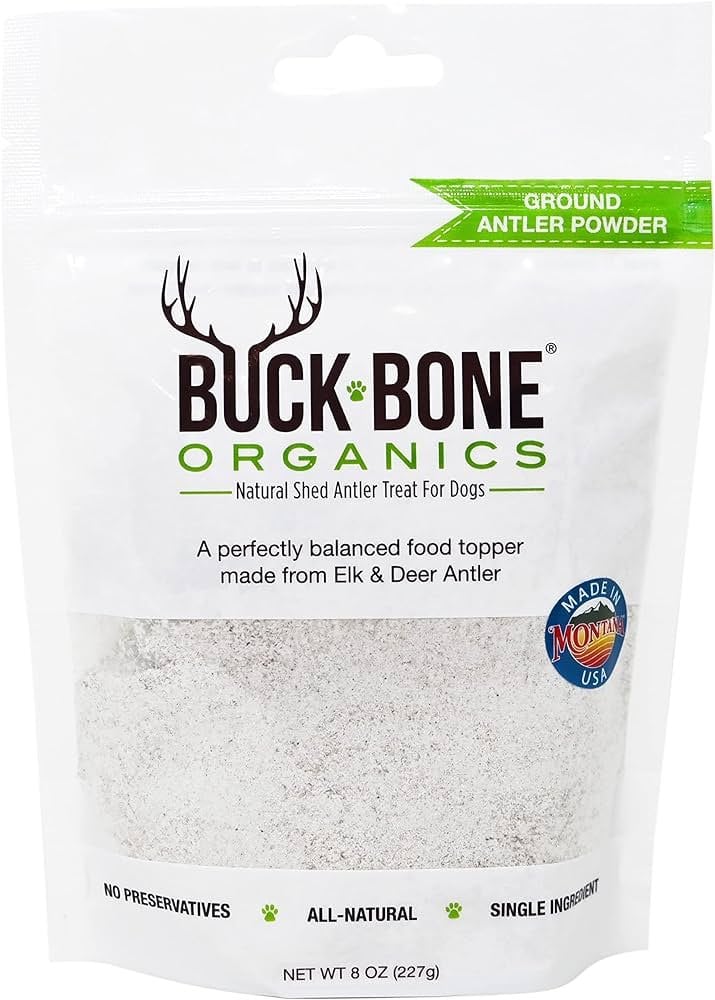Moose shed antlers due to hormonal changes and to grow a new set for breeding purposes. During late winter, moose experience a drop in testosterone levels, triggering antler shedding.
Shedding allows moose to conserve energy and nutrients before regrowing bigger antlers for the upcoming mating season. Understanding this natural process helps in wildlife management and conservation efforts. Shed antlers are also valuable resources for crafts and home decor, offering unique and sustainable materials for various artistic purposes.
The cycle of antler shedding and regrowth plays a crucial role in the life cycle and behavior of these majestic creatures, highlighting the importance of respecting and preserving their natural habitats.
Moose Antlers: An Intriguing Phenomenon
Moose antlers are a fascinating natural spectacle that captivates the curiosity of many. Understanding the reasons behind why moose shed their antlers can unveil a world of wonder and insight into these majestic creatures.
The growth of moose antlers follows a cyclical pattern, beginning in the spring with the regrowth of new antlers. These antlers develop rapidly as a result of hormonal changes in the moose’s body, reaching their full size during the summer months.
Various factors influence the shedding of moose antlers, including genetics, age, and seasonal changes. Typically, moose shed their antlers in late fall or winter, once the mating season is over and resources become scarce.

Credit: www.bentwoodinn.com
Antler Growth Cycle
The antler growth cycle of moose is a fascinating natural process. Here we delve into the stages of this cycle, starting with the Velvet Stage.
Velvet Stage
Moose antlers initially grow covered in a soft, velvet-like layer rich in blood vessels.
Mineralization And Hardening
As the antlers reach full size, the velvet is shed, and the antlers mineralize and harden.
Factors Influencing Shedding
Moose shed their antlers due to hormonal changes triggered by decreasing daylight. Factors influencing shedding include age, health, and nutrition. This natural process helps moose grow new, larger antlers for the next mating season.
Factors Influencing Shedding Hormonal Changes Moose shed their antlers due to hormonal changes. When testosterone levels decrease in the spring, it triggers the process of antler shedding. The decreasing daylight hours in the late winter stimulate the pineal gland, resulting in a reduction of testosterone production. As a result, the antlers become weak and eventually fall off. Nutritional Factors Nutritional factors also play a vital role in the shedding of moose antlers. A diet deficient in key minerals such as calcium and phosphorus can lead to weakened antlers and promote the shedding process. On the other hand, a diet rich in these essential nutrients supports healthy antler growth and may delay shedding. In addition to hormonal changes and nutritional factors, physical stress, and environmental conditions can also affect the shedding process in moose. Understanding these influencing factors provides insight into the natural cycle of antler shedding in moose, contributing to a deeper appreciation of these magnificent creatures.The Role Of Shed Antlers In Moose Ecology
Explore the significance of shed antlers in moose ecology, shedding light on why moose undergo this annual process. Shed antlers play a crucial role in the moose life cycle, aiding in resource allocation and mating rituals. Understanding this natural phenomenon provides valuable insights into moose behavior and habitat dynamics.
The shedding of antlers is a fascinating ecological process that holds great significance for moose populations. Understanding why moose shed their antlers and the role these discarded appendages play in their ecology is crucial for comprehending the behavior and environmental impact of these magnificent animals.
Environmental Impact
Moose antlers, whether still attached or shed, have a notable impact on the surrounding environment. Firstly, while growing, antlers serve as a source of calcium and phosphorus for moose, which they obtain from consuming plants and shrubs. This grazing behavior plays a vital role in vegetation management and helps maintain ecosystem balance.
When antlers are shed, they contribute to nutrient cycling by providing valuable minerals to the soil. These nutrients enhance soil fertility, which in turn benefits the growth and health of vegetation. The shedding of antlers also creates opportunities for smaller animals such as rodents and birds, as they utilize these discarded antlers as a valuable food source or as shelter.
Behavioral Significance
The shedding of antlers represents a critical aspect of moose behavior and social dynamics. By shedding their antlers, males signal the end of the breeding season and their availability for mating. This process ensures that the timing of mating and reproductive cycles is synchronized within the population.
Additionally, the size and quality of an individual’s antlers can indicate its overall health and genetic quality. Females use antler characteristics to assess potential mates and select the best partners for successful reproduction. This selection process contributes to the overall fitness of the moose population by promoting genetic diversity and offspring quality.
Furthermore, the shedding of antlers also plays a role in territorial behaviors among males. In the absence of antlers, males are less likely to engage in aggression and territorial disputes, reducing the risk of injury and ensuring greater survival rates among dominant individuals.
In Summary
The shedding of antlers in moose has both environmental and behavioral significance. From an ecological perspective, shed antlers provide nutrients to the soil and serve as a food source for smaller animals. Behaviorally, shedding antlers signal the end of the breeding season, aid in mate selection, and reduce aggression among males.
Human Fascination With Moose Antlers
For centuries, humans have been captivated by the majesty and allure of moose antlers. These massive structures, shed annually by the male moose, have fascinated hunters, artists, and nature enthusiasts alike. The cultural and artistic significance, as well as the economic importance, associated with moose antlers, further exemplifies the enduring fascination that humans have with these iconic symbols of wilderness and strength.
Cultural And Artistic Significance
Throughout various cultures around the world, moose antlers hold a deep cultural and symbolic meaning. For Native American tribes, these antlers represent power, dominance, and courage. They are often incorporated into sacred rituals, tribal dances, and elaborate headdresses, symbolizing the connection between man and nature. In Scandinavian folklore, moose antlers are considered a symbol of fertility and protection, believed to bring luck and ward off evil spirits. Furthermore, moose antlers have also found their way into prominent works of art, being depicted in paintings, sculptures, and even intricate jewelry designs.
Economic Importance
The economic importance of moose antlers cannot be undermined. They have become highly sought-after commodities in the market, with a wide range of uses and industries benefiting from their sale. Craftsmen and artisans utilize these antlers to create stunning and unique pieces of furniture, such as chandeliers and lampshades, adding a touch of rustic elegance to homes and establishments. Additionally, the antler velvet, known for its medicinal properties, is used in traditional Chinese medicine, further contributing to the economic value of moose antlers. Moreover, the tourism industry thrives on moose seeing and hunting trips, attracting nature enthusiasts and adventure seekers who are eager to witness the magnificent creatures and possibly collect shed antlers as souvenirs.

Credit: yukonwildlife.ca

Credit: www.facebook.com
Frequently Asked Questions Of Why Does Moose Shed Antlers
Why Do Moose Shed Their Antlers?
Moose shed their antlers due to hormonal changes triggered by changing daylight. Shedding antlers allows new growth for mating season and helps them conserve energy during winter.
When Do Moose Shed Their Antlers?
Moose usually shed their antlers in late winter and early spring. The exact timing can vary depending on factors like individual variation, geographic location, and environmental conditions.
How Long Does It Take For Moose Antlers To Grow Back?
It takes about 3 to 5 months for moose antlers to grow back. The process starts with the growth of a soft, velvet-like covering on the antlers, which then hardens and becomes fully functional.
Why Do Male Moose Shed Their Antlers While Females Don’t?
Male moose shed their antlers annually because they are used as weapons during mating season. Shedding and regrowing antlers ensures that males have fresh, strong antlers for competition and dominance over other males.
Conclusion
Understanding why moose shed their antlers is crucial for wildlife conservation and management. By learning about this natural process, humans can better appreciate the marvels of the animal kingdom. It also provides insight into the moose’s life cycle and behaviors.
Now that the mystery of moose antler shedding is unveiled, we can continue to admire and protect these majestic creatures in the wild.



